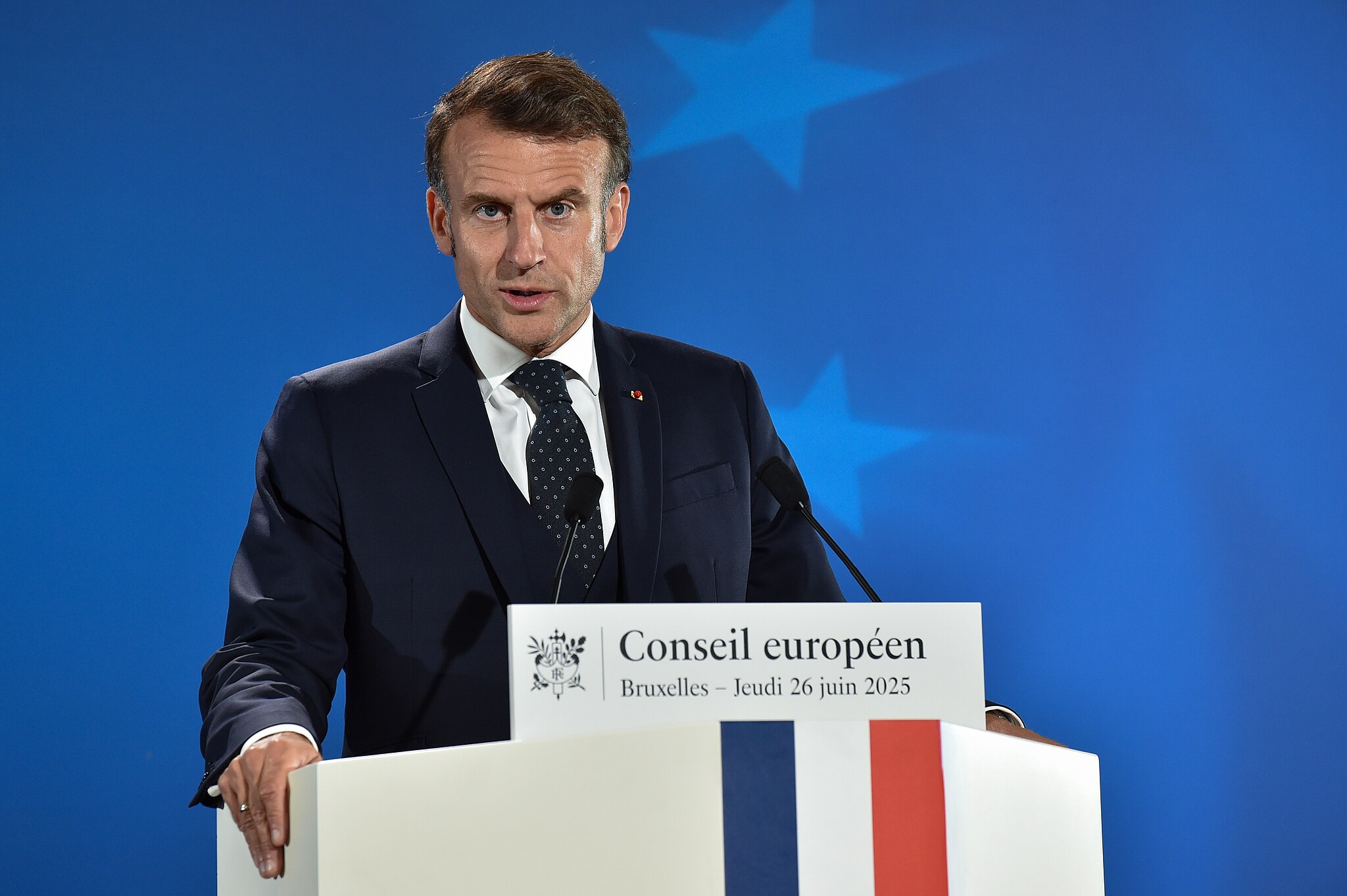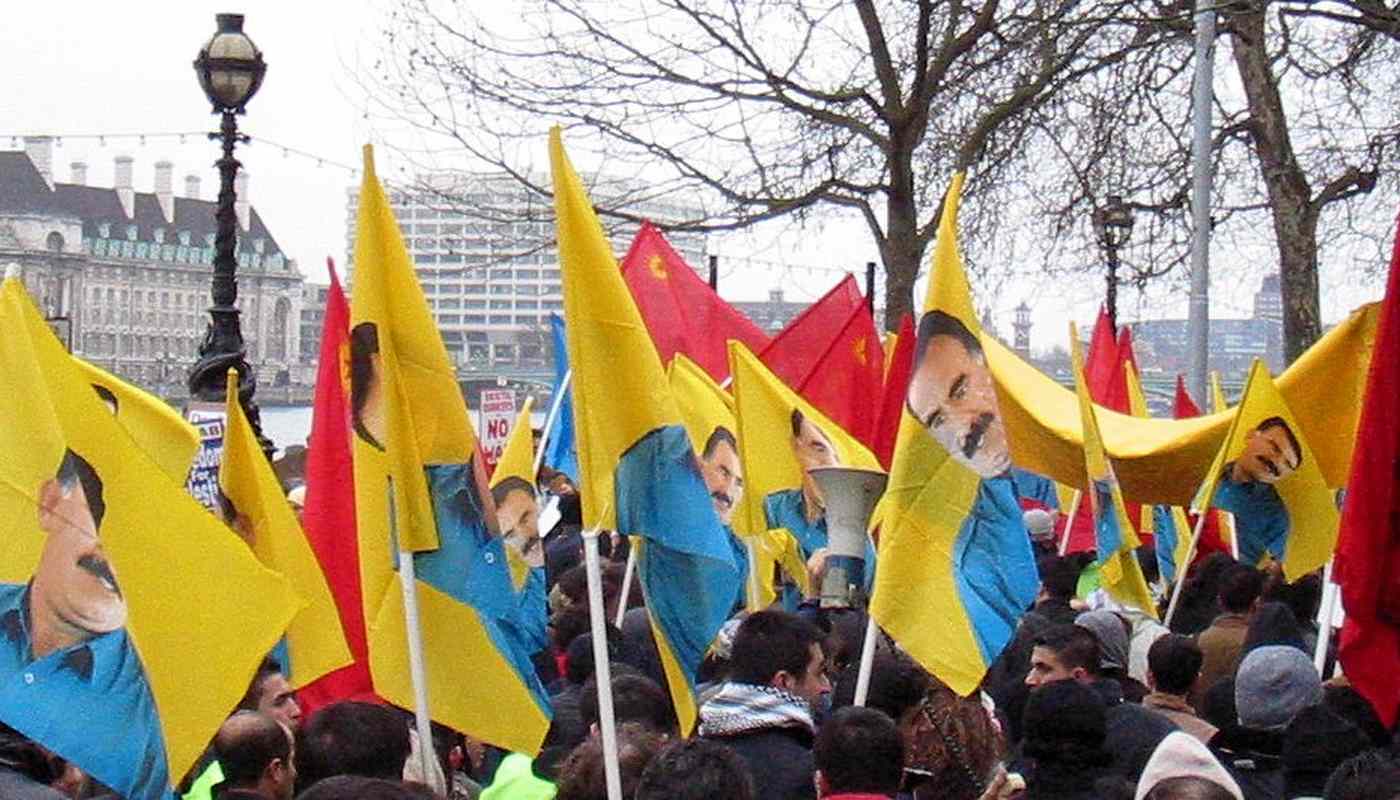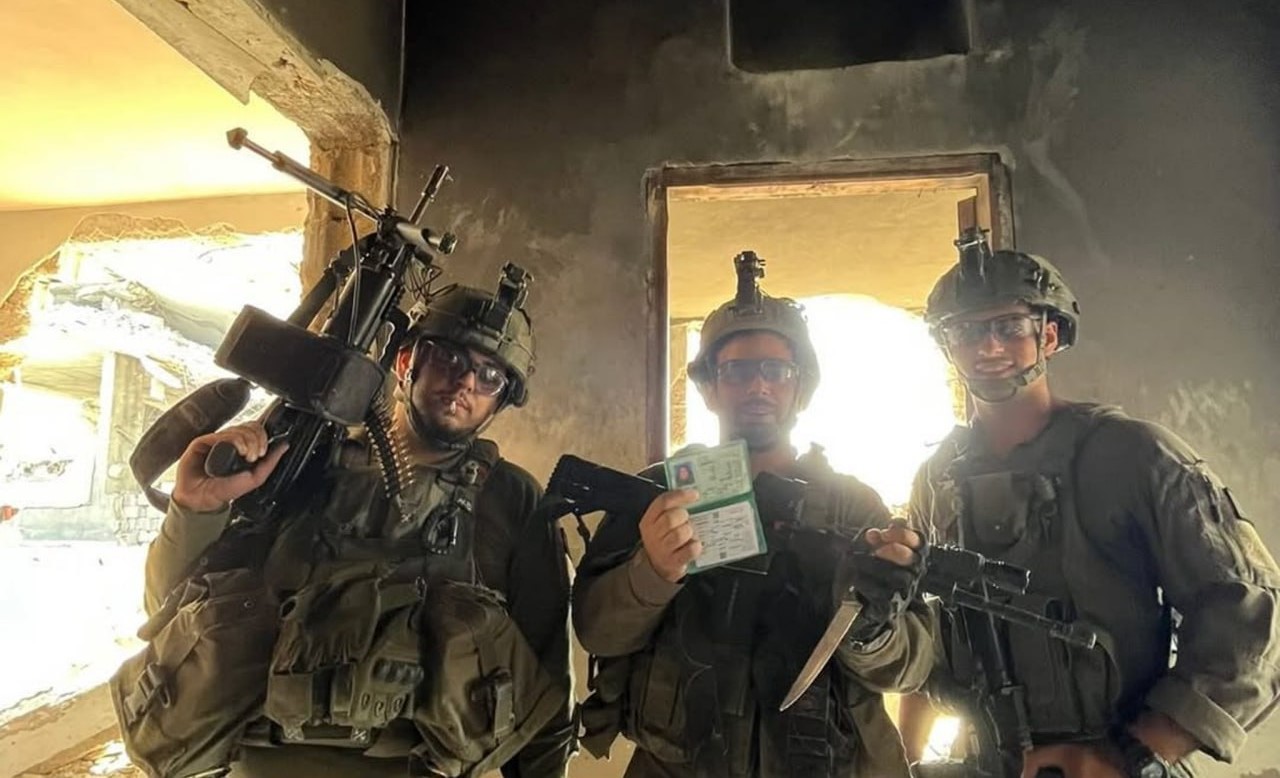KYIV, Ukraine. January 22nd 2022. PICTURED: 80 tons of “Lethal weaponry” arrives in Ukraine from the United States.
WASHINGTON D.C. January 26th, 2021. A spike in the recent tensions between Russia and the West over Ukraine’s NATO membership saw President Biden say last week that the situation is as serious as World War II, after which Sec. of State Antony Blinken agreed with him.
“And again, this underscores why this is so important not just for Ukraine, not just for Russia, not just for Europe and the United States, but for the world, because what’s at stake here,” he said on CNN.
Reporters stated on Monday that the President was in the “final stages” of locating units of a combined strength of 50,000 soldiers to ship off to eastern Europe over fears of a Russian invasion of Ukraine. Biden also ordered 8,500 existing troops to be on “high alert”.
The plan would see between 1,000 and 5,000 soldiers sent to NATO nations such as Lithuania, Estonia and Latvia, which border Russian territory, with increases of up to the 50,000 mark depending on how the next months transpire.
“We’re working through NATO to plus-up support in our eastern flank countries. That is what NATO is there for, and we are committed to the sanctity of that alliance,” Psaki said.
In a Franco-Germanic split with the English-speaking NATO countries, Germany told reporters they had no intention of sending lethal weaponry to a warzone, something which Blinken and Biden have proudly taken credit for.
“We feel responsible, for example, for ensuring that Ukraine remains a (gas) transit country,” said the new German chancellor Olaf Scholtz. “Ukraine knows it can rely on Germany”.
PICTURED: Joe Biden and Antony Blinken.
Obvious
French President Emmanuel Macron instead is looking to clarify Russia’s intentions over Ukraine with a phone call on Friday, which he hopes will yield “demanding dialogue and obtain clarifications”.
Macron’s intentions, mixed with statements from other NATO members and the report from Dep. Secretary of State Wendy Sherman who met on January 11th with a Russian delegation concerning Ukraine’s NATO membership, paint the Russian government as offering confusing and unclear messages.
Russian officials have at least told the public that it’s basic national security concerns. Ukraine is her soft underbelly, and as long as the leaders of other nuclear armed nations are calling her the greatest threat to world peace, it’s not in any universe acceptable for the Kremlin to have nuclear weapons and interceptor missiles 7-minutes distance from Moscow.
Reporters are painting the situation in another light. The Guardian published an editorial entitled the “Guardian’s View” on the tensions, in which they claim President Vladimir Putin is seeking to accentuate existing NATO divisions. But the English journal also completely fabricates the history of NATO/Russia relations since the Wall fell.
“The very thing he says Russia must counter – Nato’s presence in eastern Europe – is growing because of his own actions,” writes the entire Guardian newspaper, when in reality most of that presence was built before Putin took over, and long before he annexed Crimea, with North Macedonia being the only country to obtain NATO membership since.
PICTURED: Ukrainian tanks withdrawing from the eastern regions. Photo credit: OSCE Special Monitoring Mission to Ukraine. CC 2.0.
Furthermore, the editorial states blatantly that “Russia is set on a major military offensive,” while citing that claim with a link to another opinion piece that begins with “a large war in Europe is likely in the coming weeks” and that “Russia’s diplomatic overture offered few prospects for success at the negotiating table,” and that “there is an eerie calm as Russian forces continue to position equipment and units around Ukraine”.
Despite what the author of the opinion piece thinks, France, looking at the same intelligence provided by the CIA, does not see an imminent invasion of Ukraine, which the CIA said was “imminent” almost a month ago. Nor does Paris see a gathering of forces equipped to invade in the next three weeks.
As long as Western leaders, media, and diplomats continue to ratchet up tensions while simultaneously stating that Russia’s schemes are mysterious and unknown, the more the tensions will build, until someone realizes that the recent Ukrainian civil war and the seizing of Crimea is as clear a message as one could want. Moscow cannot tolerate Ukraine in NATO.




